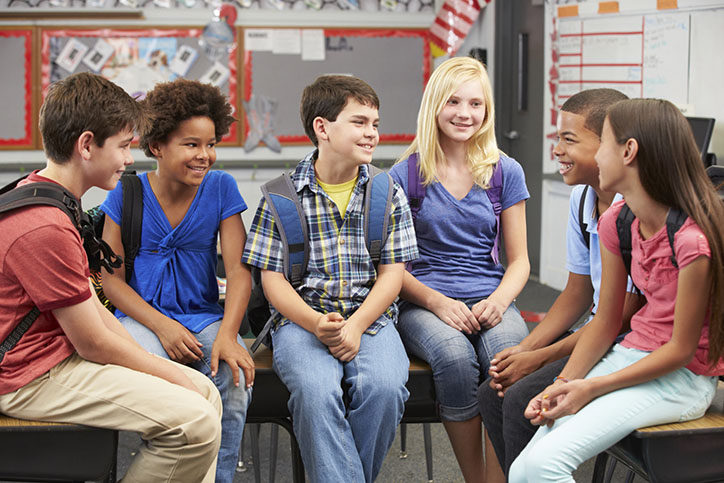People often think that poison centers are only for little kids, but that’s not true. Poison centers are for everyone, including tweens and teens. It’s important that tweens and teens are familiar with safety tips and tools to keep themselves safe.
Parents Archive
Poison Exposures in Children- Summer Edition
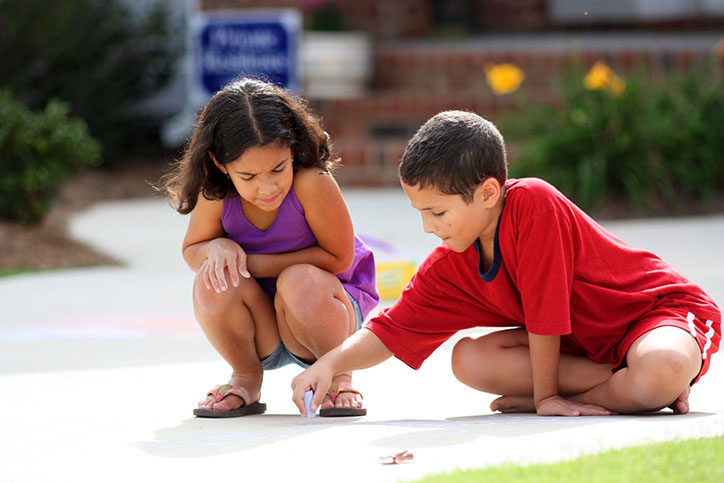
Summertime is finally here! Whether children are staying home or going to camps or on vacations, they will likely spend time exploring their environments.
Child-Resistant Packaging
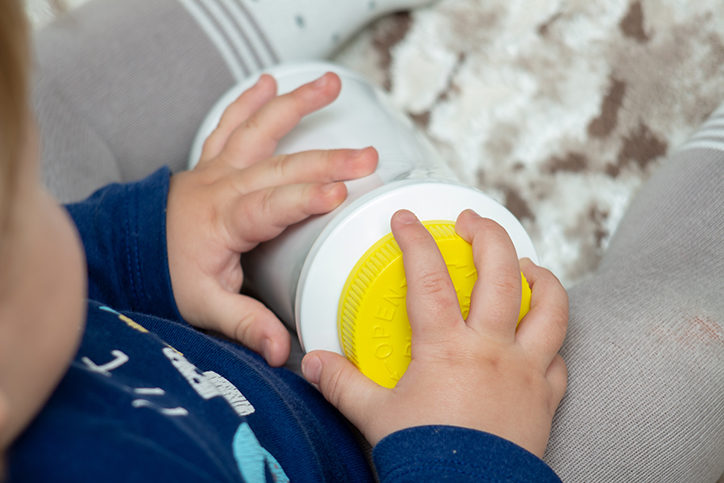
Child-resistant packaging first came into Americans’ lives in 1970. Hundreds of children had been dying each year after getting into household products and medicines. Then the Poison Prevention Packaging Act (PPPA) was signed into law.
Will Kids Really Eat That?
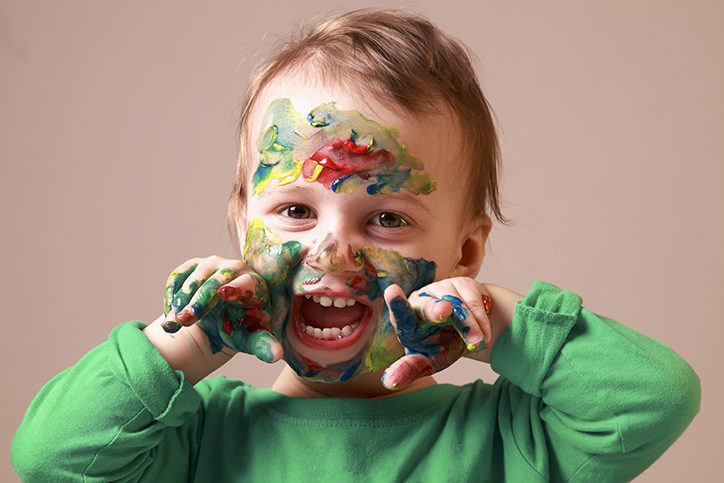
Children learn about their environment by exploring. They look, touch, and taste. Sometimes, the things they taste are a real head scratcher, but are they actually harmful?
Stop, Ask First!
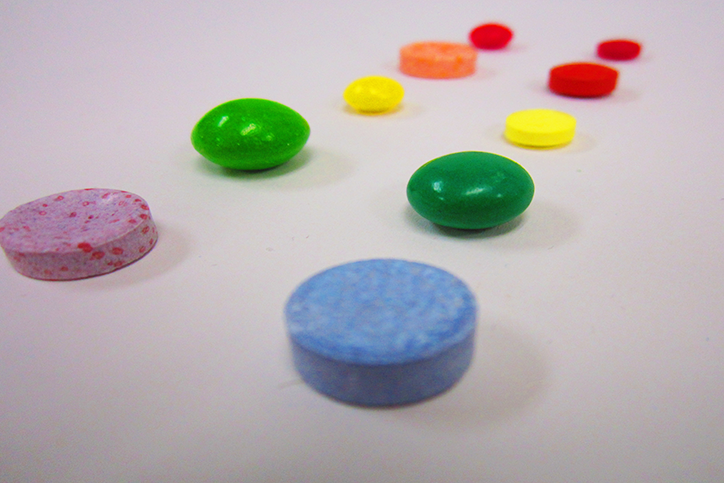
Children under the age of six accounted for 36% of cases at the Maryland Poison Center (MPC) in 2019. One common reason for unintentional exposures in children is that they are not able to tell the difference between products that look alike. Teach young children to “Stop, Ask First” before touching, tasting, or smelling something.
Toy Safety for Your Tiny Tots
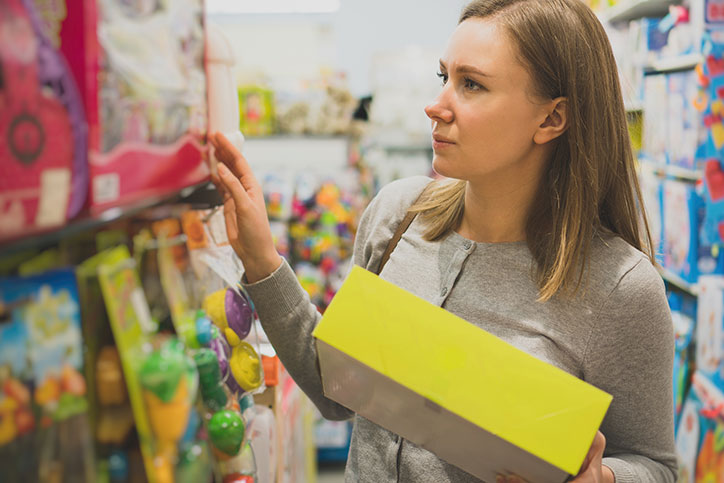
Buying a present for a child this year? Chances are that at least one item on their list will be a toy. As you begin to shop for the holiday season, be aware that there could be hidden dangers for children in some of these gifts.
Back to School Poison Safety for All Ages
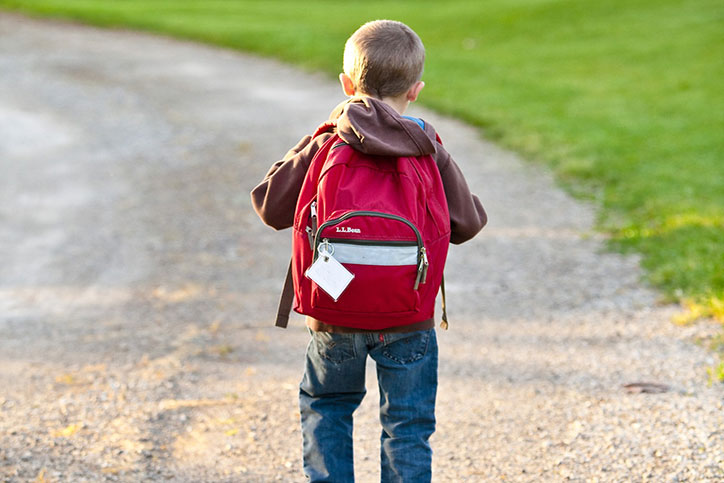
Tips and advice to help your family have a safe, healthy, and happy start to the new school year.
Don’t Always Trust What You Read on the Internet
The best way to find out what to do if you think a poisoning or overdose has happened, only takes 10 key strokes. Dial 800-222-1222. You will speak directly with a poison expert.
Top 3 Poisons of 2017: Young Children
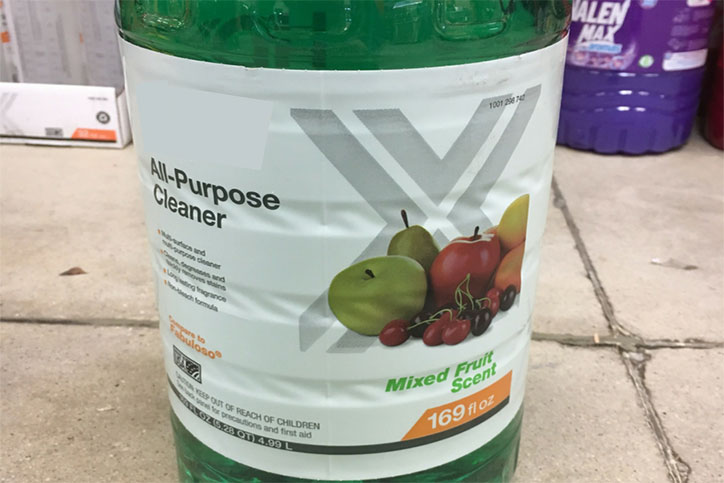
Young children made up 40% of calls to the Maryland Poison Center in 2017. Learn more about the top three substances that had their parents and caregivers rushing to the phones.
The laundry pod challenge: why are teens doing it?
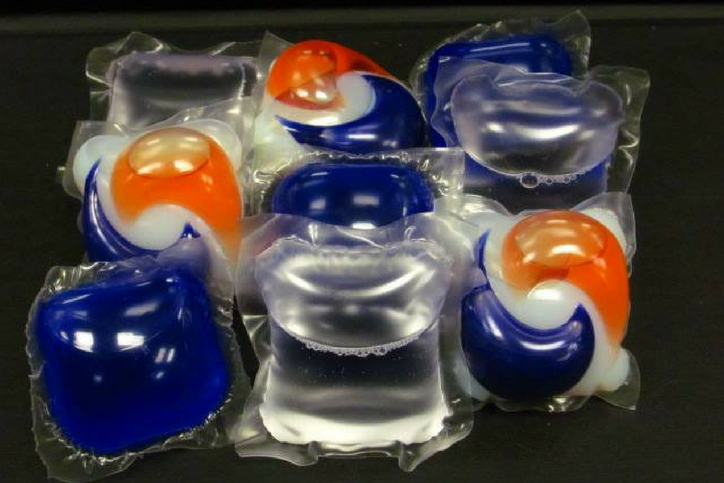
Poison centers in the US started receiving calls about exposures to single load laundry packets, more commonly known as laundry pods, in 2012. These exposures were most common in kids 5 and under. Since 2015, the number of exposures reported

